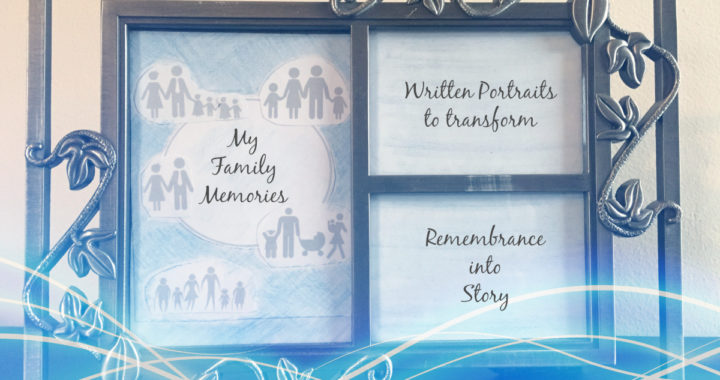Family stories help us understand who we are.
As part of our 2 ½ year old grandson’s bedtime ritual, he loves to hear the names of his family members recited in a story or nursery rhyme. Recognizing who belongs with whom, he knows that Aunt Lindsay goes with Uncle Jason and Nanny goes with Pop Pop. He even remembers the names of relatives he sees on rare occasions and will let us know if we leave anyone out. We sometimes sing the names as a fun song, and he always asks for “more family” when the list has been exhausted. Instinctively, he responds to the stories and songs like a security blanket being woven around his young life.
Children and adolescents benefit from family storytelling.
According to a study by Duke and Fivusch of Emory University, children who knew a lot about their family history also scored high for levels of self-esteem and feelings of control and capability. In addition, Elaine Reese, Professor of Psychology at the University of Otago in New Zealand reports the following benefits of family storytelling:
- Preschoolers show an increase in rich vocabulary and understanding the emotions of others
- Pre-teens demonstrate solid self-concepts
- Adolescents experience low rates of depression and anxiety
Children and teenagers clearly benefit from belonging to something bigger than themselves and being part of a “strong intergenerational self,” as described by Duke and Fivusch.
What is the value to adults--the ones telling the story?
Transforming our family memories into a meaningful story is not only a gift to the next generation, but it is one we give to ourselves. By examining our relationship to the people who have formed and shaped our values, we begin to define our resilience and character. We can also learn to see the humor in our experiences and identify the support that has helped us cope in difficult situations. This is especially important for those of us who grew up in dysfunctional families. The search for meaning and healing may have broadened our definition of who we consider to be “family,” so including these special people adds depth to our story.
Learning to write the stories that make up your family portrait involves a willingness to explore. Being guided to a number of simple writing techniques will help you identify the lessons learned so the storytelling develops meaning. Since you are the author of these stories, you are the one to determine what and if you wish to share and assemble into an album of written portraits that reflect the richness of your family’s shared experience.
For information about our next workshop, click here.
